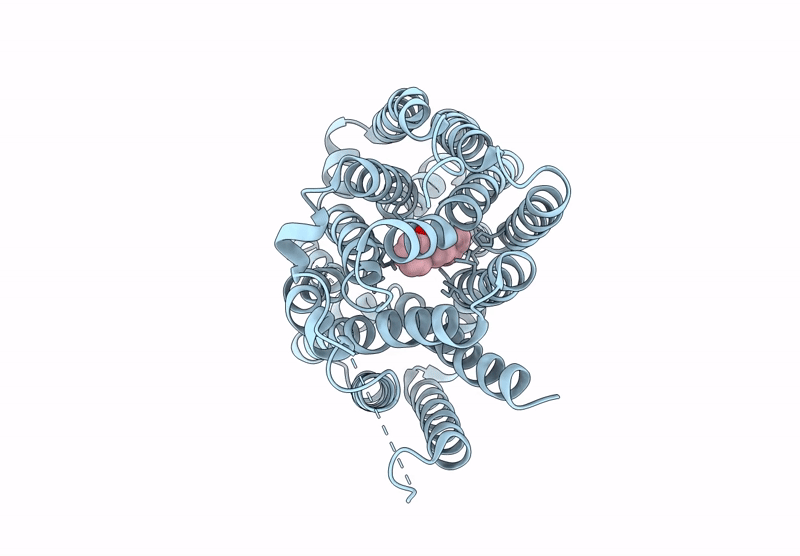
Deposition Date
2024-01-12
Release Date
2024-12-25
Last Version Date
2025-07-16
Entry Detail
PDB ID:
8XTY
Keywords:
Title:
Structure of human VAChT in complex with vesamicol
Biological Source:
Source Organism:
Homo sapiens (Taxon ID: 9606)
Aequorea victoria (Taxon ID: 6100)
Aequorea victoria (Taxon ID: 6100)
Host Organism:
Method Details:
Experimental Method:
Resolution:
2.70 Å
Aggregation State:
PARTICLE
Reconstruction Method:
SINGLE PARTICLE


